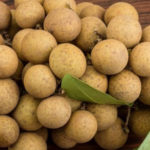Vegetables and fruits are essential food items in every household. They are perishable goods that need to be stored properly to maintain their freshness and nutritional value. Here are some tips to help you keep your produce fresh and nutritious for longer in the fridge.
1 Sort Produce Before Refrigerating
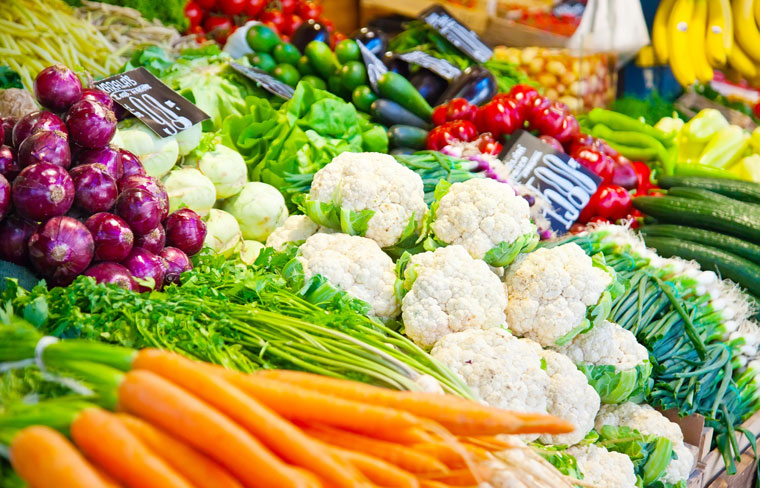
The duration of storage depends on the type of produce. Mixing fresh and old produce can lead to mold and spoilage.
Therefore, it is essential to sort and separate them into different plastic bags before placing them in the fridge. Remove any rotten or spoiled items.
For root vegetables like turnips, carrots, and celery, it is advisable to trim them before storage.
2 Do Not Wash Produce Before Refrigerating
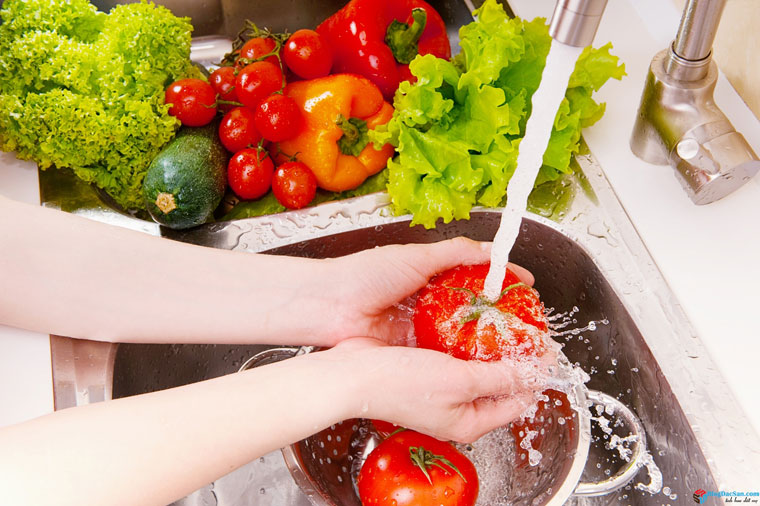
Washing produce removes the protective outer layer, making them more susceptible to discoloration and rot.
If your produce is dirty, use a dry cloth or paper towel to wipe it clean. Ensure the storage area is dry and well-ventilated to prevent moisture buildup, which can also cause spoilage. Wash the produce just before consumption or cooking.
3 Avoid Storing Produce at Low Temperatures
Extremely low temperatures can affect the flavor and texture of your produce, and they may even freeze. However, high temperatures can also cause rapid deterioration.
The ideal storage temperature for most produce is between 1°C and 4°C (33.8°F and 39.2°F). Many modern refrigerators have special compartments designed for this purpose.
4 Use Plastic Bags for Storage
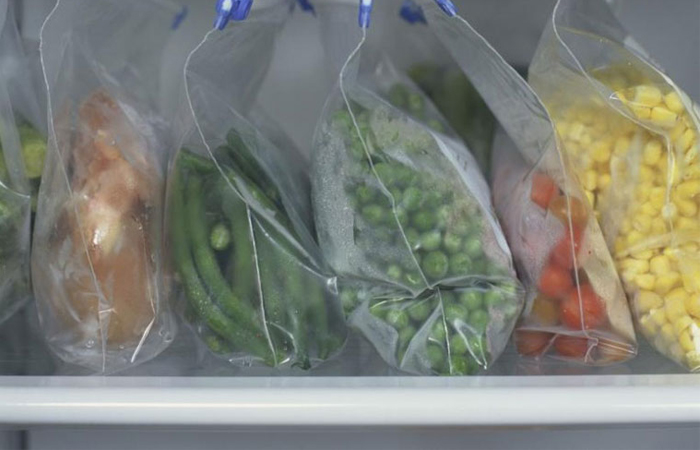
Typically, refrigerators are dry environments, and produce requires moisture to stay fresh.
To prevent moisture loss, especially for leafy greens and root vegetables without an outer skin, place them in plastic bags before putting them in the fridge.
5 Storage Duration for Different Types of Produce
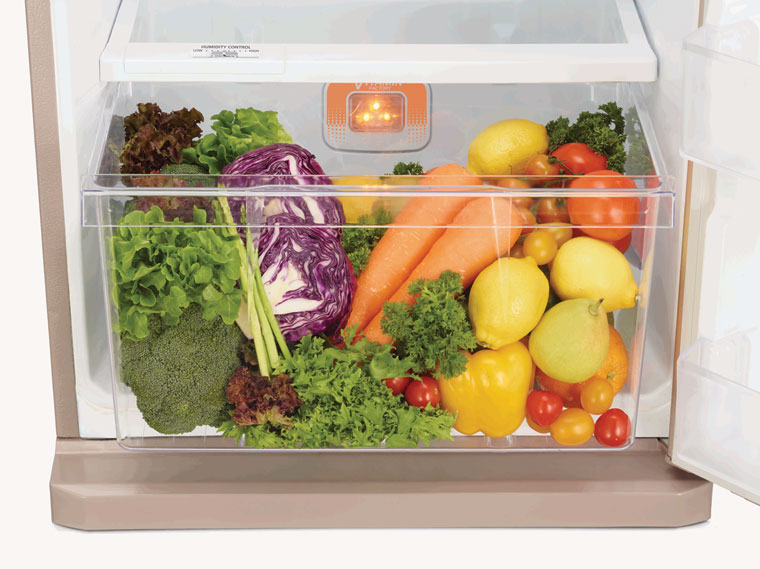
Different types of produce have varying optimal storage durations. Here is a guide to help you:
– Asparagus and cabbage can be stored for 3-4 days.
– Green peas and broccoli will stay fresh for up to 5 days if properly stored.
– Beans, cauliflower, leafy greens, celery, peppers, zucchini, and cucumbers can be stored for about a week.
– Celery can last for almost 2 weeks.
– Turnips, carrots, and radishes can be stored for 2 weeks.
Note: These are approximate durations, and the actual storage time may vary depending on the freshness of the produce and the storage conditions.
6 Additional Tips

– For leafy greens like lettuce and celery, wash and dry them thoroughly, then wrap them in paper towels before placing them in plastic bags. This helps maintain their freshness for at least a week. Ensure that all produce is dry before storage.
– Potatoes, sweet potatoes, onions, and garlic should be stored in a dark, well-ventilated area or in a dark-colored plastic bag to prevent sprouting caused by sunlight exposure.
– Tomatoes lose their flavor when refrigerated.
Proper storage of produce helps maintain their freshness and nutritional value, saving you money and ensuring a healthy diet for your family.
Is Refrigerated Leftovers Linked to an Increased Risk of Cancer?
Dr. Lam Van Man, Head of Research, Development and Technology Transfer Department of the Institute of Safety Food, has warned of the risk of food poisoning when reheating leftovers from the refrigerator. But what should we be aware of when it comes to the possibility of these leftovers causing cancer? Here, we explore what the experts have to say on the matter and offer some tips for safe eating.


























